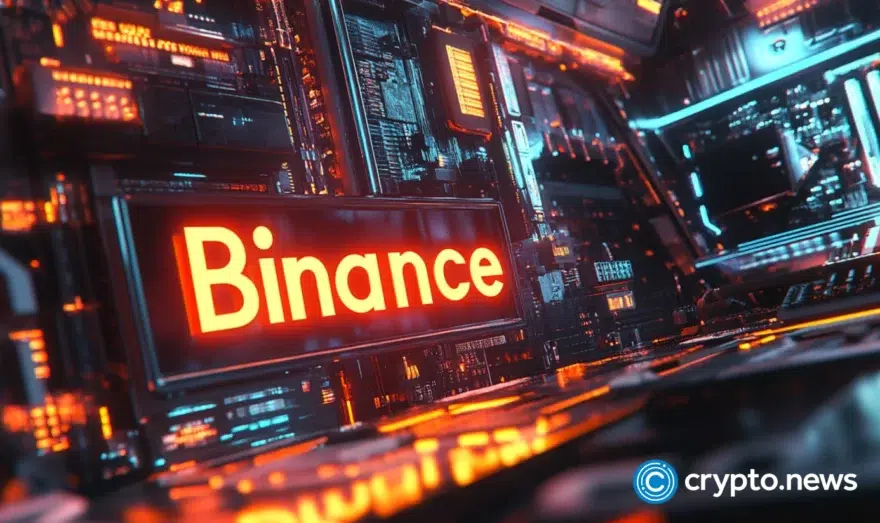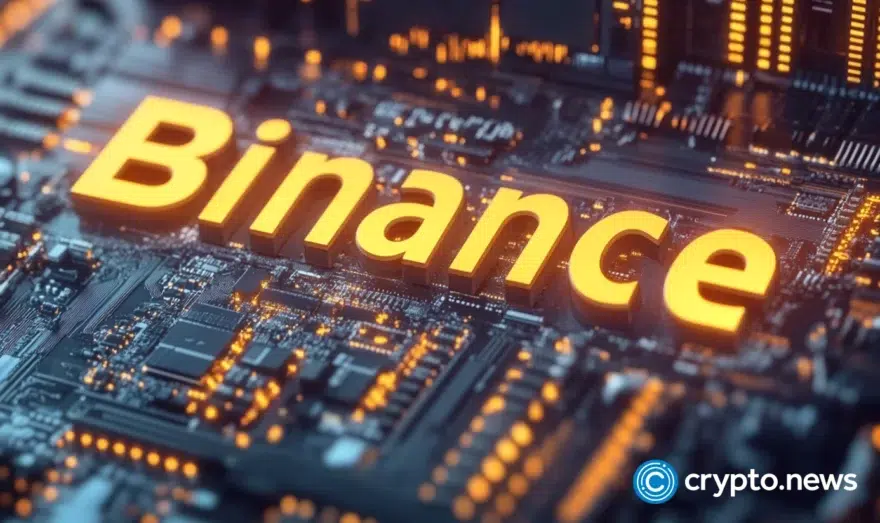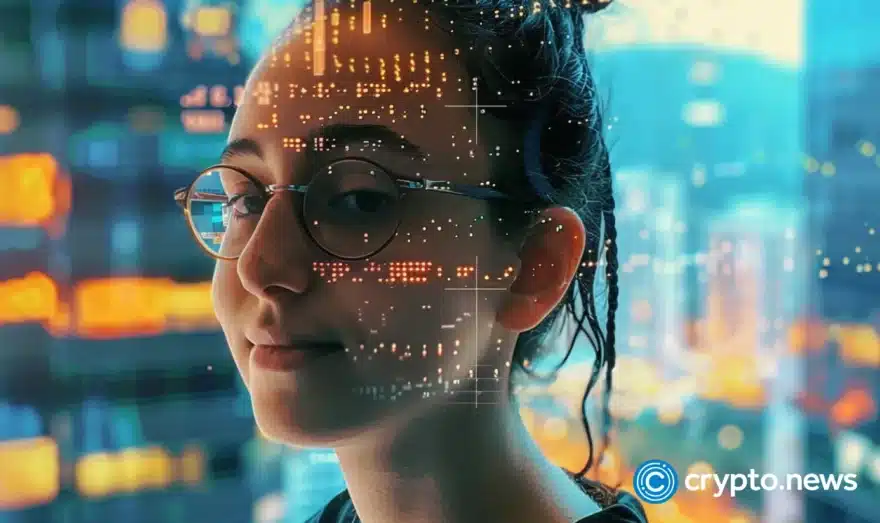Is proof-of-reserve a hoax? Everything you need to know

As a result of the failure of powerful platforms like FTX, Celsius, BlockFi, Voyager Digital, and Hodlnaut, a fair amount of skepticism toward centralized custodians has developed. The companies still running and handling withdrawals face an uphill battle to regain their customers’ faith and prevent a mass exodus of users.
Because of these apparent flaws, more and more exchanges are making changes to increase user trust and openness. Proof-of-reserve is one such method, and several significant exchanges are now using it. “Proof-of-reserve” is just a way for centralized exchanges to show that they have enough reserves to cover their clients’ balances.
In the wake of the FTX crash, proof-of-reserve has been a searing topic in the media over the last couple of weeks. A few days before FTX filed for bankruptcy, Changpeng Zhao, the CEO of Binance, tweeted on Nov. 8, 2022, that it would start using proof-of-reserve to ensure “complete transparency.”
Binance released a new website on Nov. 25 detailing its proof-of-reserves protocol. Moreover, Binance’s reserve ratio is at 101% as of right now. This should show that Binance has enough capital to protect the funds that its users have placed on the exchange.
What is proof-of-reserve?
Custodial exchanges are an essential part of the market because they make it easier for institutional and individual investors to manage their assets. Even though it’s clear that proof of reserves can’t be as open as non-custodial blockchain-based networks, those supporting it can say that any level of openness is better than none at all.
Not only does it keep the transaction honest, but it also helps prevent insider theft. Moreover, fraud at the exchange is less likely because the audit report says the public data is correct and the hash matches the assets held by the exchange.
How does proof-of-reserve work?
Asset reserves can be confirmed in many ways, such as through “Merkle Tree Proofs” and third-party audits by companies like Armanino. The cryptographic hash of a data block identifies each “leaf,” or node, in a Merkle Tree. It is mainly used to check the accuracy of the information transferred, transmitted, or stored between computers.
And then, there are the techniques that blockchain analytics firms use. For instance, Chainlink classifies proof-of-reserve implementation as either “off-chain” or “on-chain.”
For a third-party service like Chainlink to verify an exchange’s holdings off-chain, the exchange’s custodian or auditor must give Chainlink access to the exchange’s application programming interface (API).
The on-chain method relies on a proof-of-reserves smart contract running on one network (often ethereum) that gets data feeds (block by block) from Chainlink’s oracle network about a provider’s on-chain wallet balances running on a different network (like bitcoin).
Reserve audits: a way to prevent another FTX-like fiasco?
For many in the crypto space, the proof-of-reserve approach made intuitive sense. It represented an essential step toward a more open crypto economy. A centralized exchange can maintain a public ledger that lists the liabilities and assets of each account. To maintain privacy, they have to use a tag only the account owner is privy to when publishing.
Many centralized exchanges are starting to give proof-of-reserve audit data, showing that they comply with the process. However, the problem arises when crypto platforms shift their funds shortly after the snapshot for the audit.
In light of Crypto.com’s transfer of 280,000 ETH to a Gate.io address in November following the publication of its proof of reserve audit, speculation has increased that some cryptocurrency exchanges may be manipulating their reserve audits. Many people in the crypto community thought that exchanges were borrowing assets to balance their books for the snapshot and then returning immediately.
The transfer of $400 million in ETH raised even more eyebrows when Crypto.com’s CEO, Kris Marszalek, said that it was an accident and that the assets were destined for another cold wallet.
Jesse Powell, the CEO and Co-founder of the American exchange, Kraken, branded the method “pointless” because it didn’t consider liabilities. He says, “putting a hash on a row ID is worthless without everything else.”
Before it went out of business, Armanino and Prager Metis did audits of FTX. On the other hand, neither is one of the “Big Four” accounting companies. Both have experience auditing businesses of FTX’s size and complexity. Due to its small size, the Public Company Accounting Oversight Board (PCAOB), which oversees audits, only conducts an inspection once every three years.
Big institutions like centralized crypto exchanges usually choose to be open only if they have to. Even though they use an ecosystem that is supposed to value openness, users still need to be ready to revolt. OKX’s Marketing officer, Haider Rafique, affirmed, “Publishing proof-of-reserve results monthly strengthens our commitment to lead the industry regarding transparency and trust.”
KuCoin CEO and crypto industry veteran Johnny Lyu concur that greater openness is necessary. According to him, his company has begun issuing certifications.
As the cryptocurrency market develops, safeguarding investors from unethical exchanges is a top priority. We can all agree that proof-of-reserve is a positive development. Still, many tweaks may be made to increase transparency and user confidence. The investors using an exchange need access to all the financial information about it. This includes information about how the company is set up and generates revenue and details about its management and shareholders.
Disclosure: This content is provided by a third party. Neither crypto.news nor the author of this article endorses any product mentioned on this page. Users should conduct their own research before taking any action related to the company.














